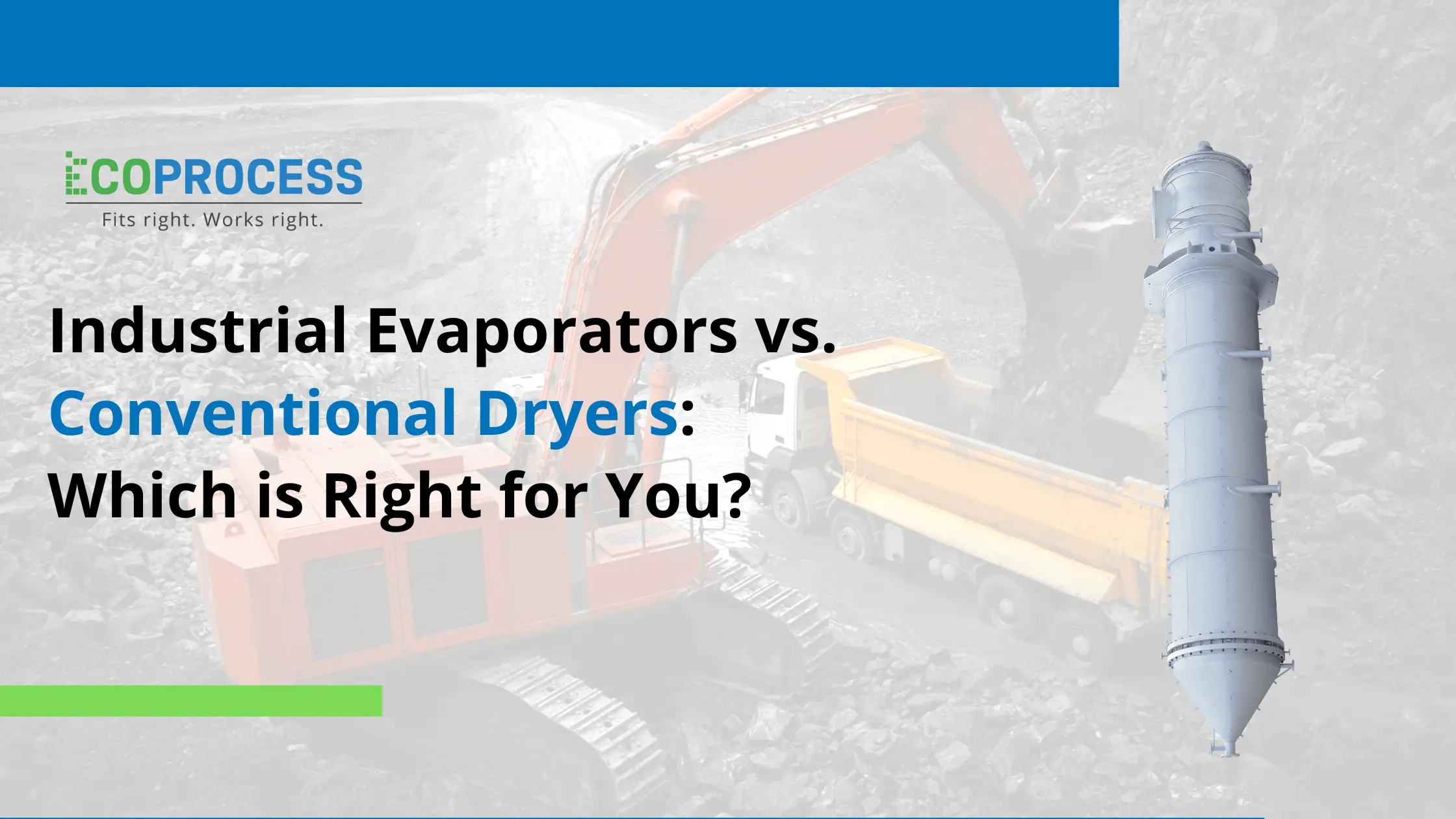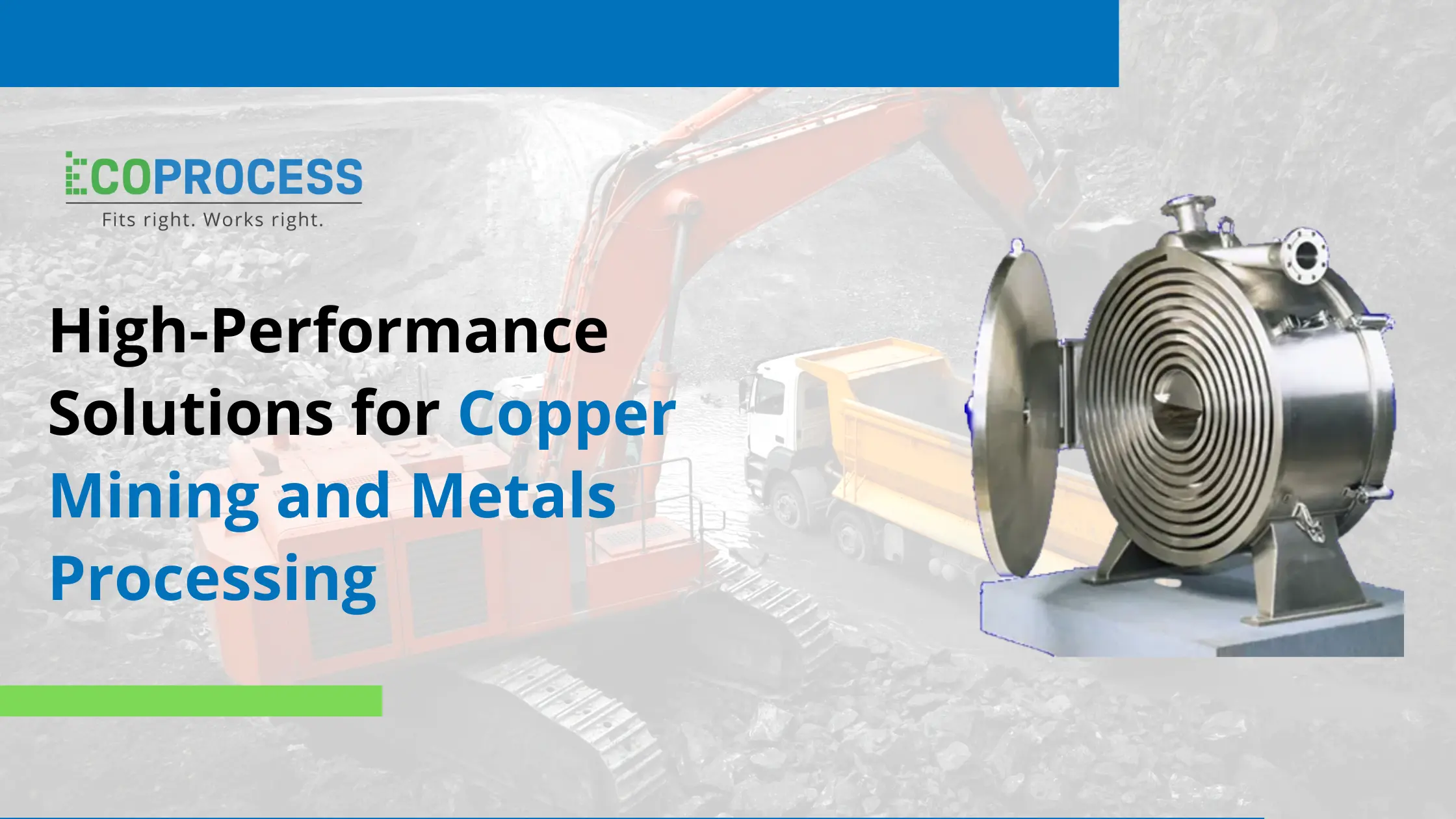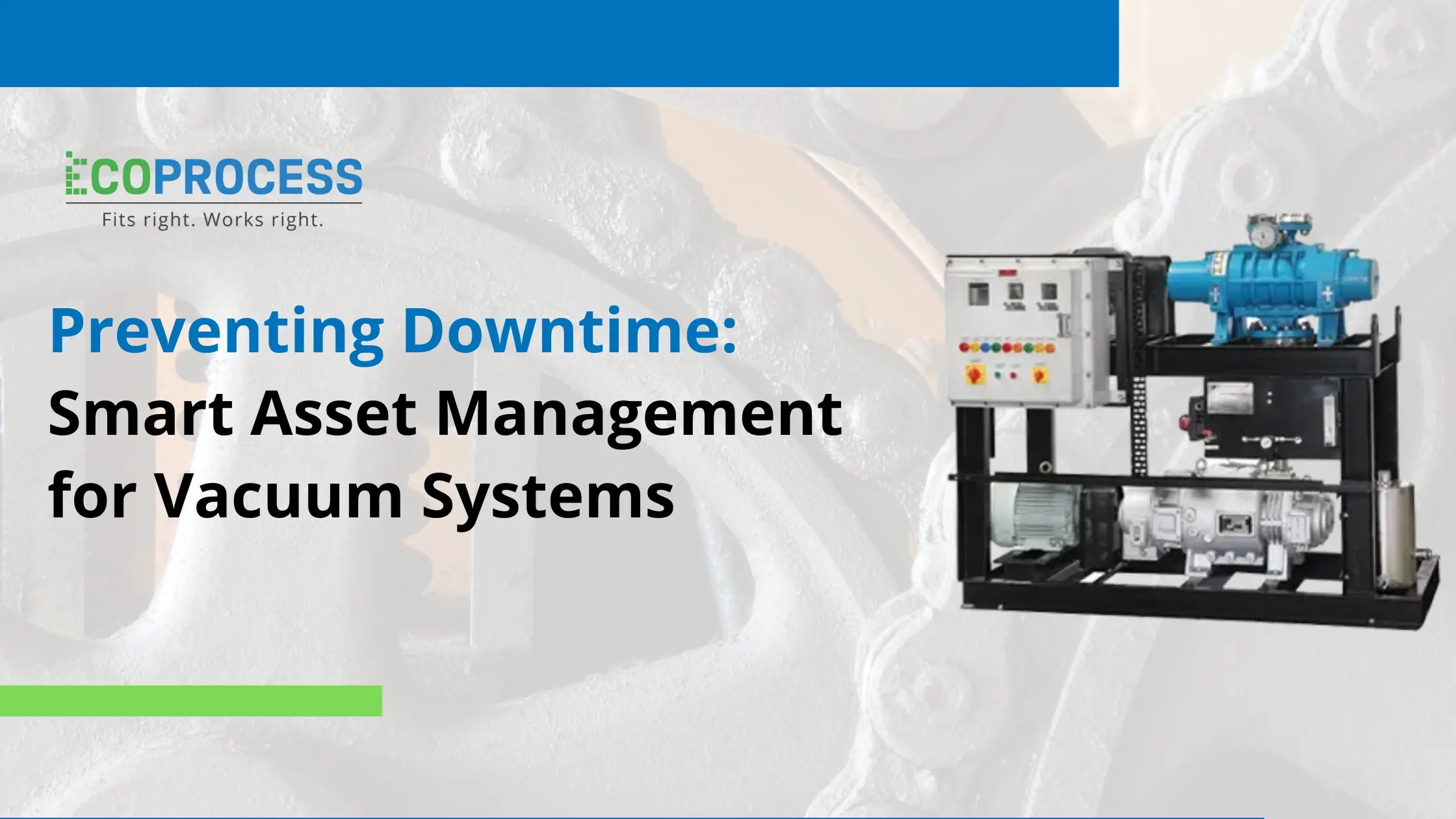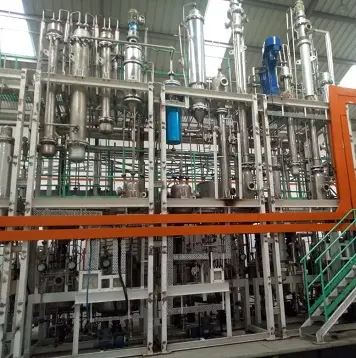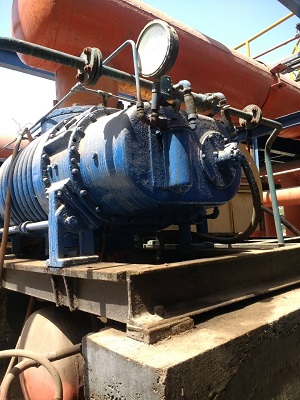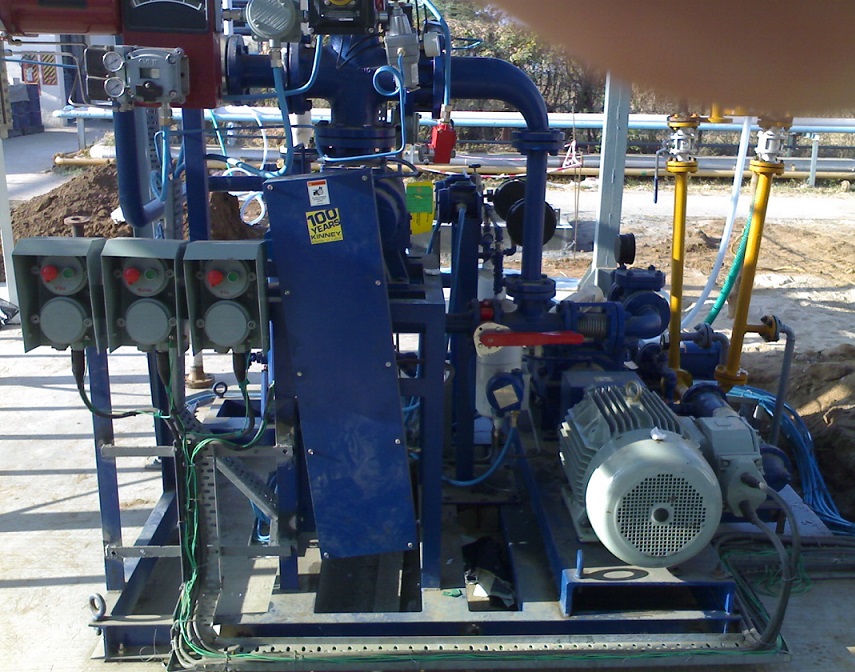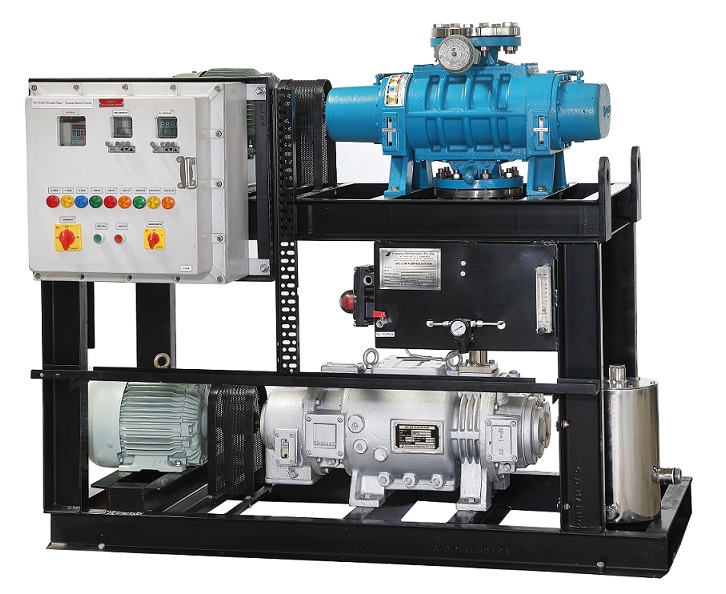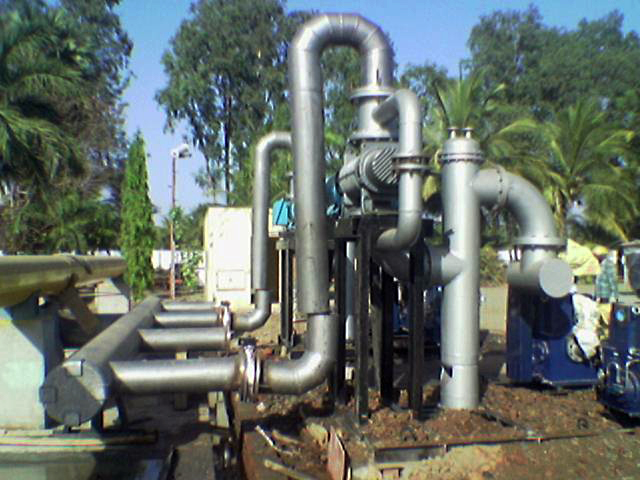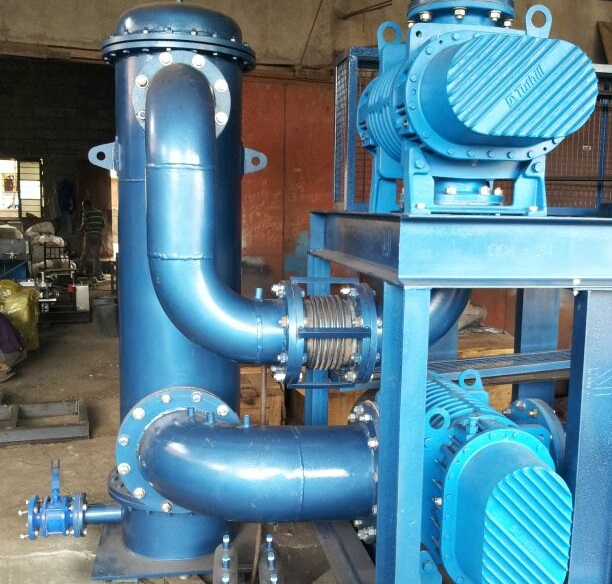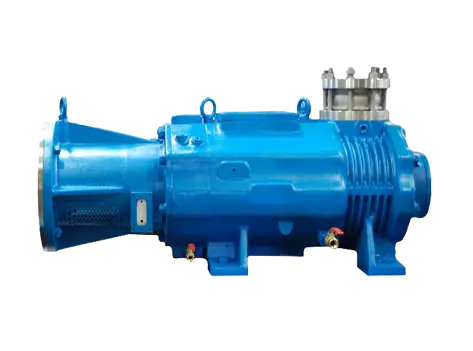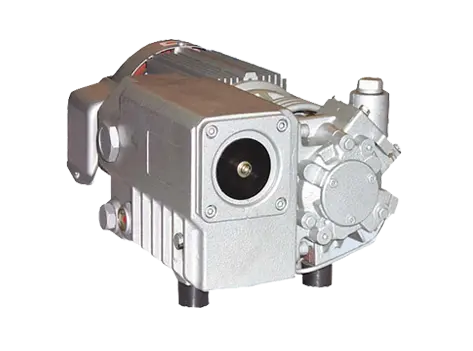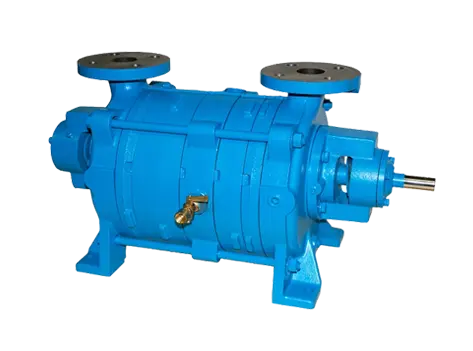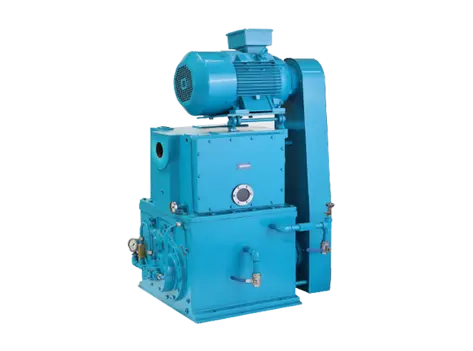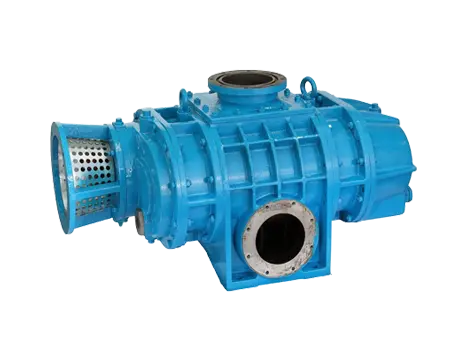.webp)
Advanced Pump & Vacuum Systems for Data Center Cooling
Data centers are basically the unsung workhorses of modern life. Every time you binge a show, spin up an AI model, or pull some files for work—there they are, humming away in the background. The downside? Servers run hot. Like, really hot. And if you don’t keep that heat under control, hardware starts aging fast, things slow down, and costs pile up.
Cooling isn’t just a side chore either. Industry reports say nearly 40% of a data center’s power bill goes straight to cooling. That’s huge—and it means better cooling isn’t just about preventing meltdowns, it’s about saving money and hitting sustainability targets.
Old-school systems like chilled water loops and massive HVAC setups still handle a lot of the load. But as rack densities climb and workloads get more intense, those traditional fixes start running out of steam. That’s where advanced pump and vacuum systems come in. They deliver tighter temperature control, fewer breakdowns, and much higher energy efficiency. Exactly what’s needed as demand keeps exploding.
The Role of Vacuum Systems and Heat Exchangers
Vacuum systems don’t get the spotlight, but they’re essential. Their big job is simple: pull air and moisture out of the cooling loops. Even a tiny bit of trapped gas can mess things up, heat transfer slows, pumps strain harder, and before you know it, the system’s unstable. Vacuum tech keeps the flow clean and steady, which means no cavitation headaches.
And when you step into the world of direct-to-chip or immersion cooling? Their role gets even bigger. Vacuum pumps make sure liquid moves smoothly across CPUs, GPUs, and memory, so those components don’t fry under heavy loads. They also make startups and shutdowns cleaner by keeping bubbles and impurities from sneaking in.
Heat exchangers are basically the middlemen of cooling. Their job is to move heat from one medium to another like from the hot liquid coming off a server rack into a chilled water loop or an air stream. By doing that, they keep the cooling cycle efficient and balanced.
In data centers, this means:
-
Better efficiency → heat is transferred without mixing the fluids.
-
Flexibility → they let operators combine liquid and air cooling in hybrid setups.
-
Reliability → consistent heat transfer keeps servers from cooking under heavy loads.
Think of them as “heat bridges, they don’t do the pumping or the vacuuming, but they make sure the whole system can actually hand off heat effectively.
Smarter Pumping Solutions
The pressure is on data centers to cut energy use, so pumps are getting a serious upgrade. Modern systems with variable speed drives (VSDs) can ramp up or slow down automatically, adjusting flow on the fly. No wasted energy running at full tilt when demand is low.
On top of that, oil-free and magnetically coupled designs reduce wear-and-tear. Less maintenance, fewer breakdowns. Add in AI-driven monitoring, and operators can spot issues early before they snowball into downtime. For hyperscale facilities, these kinds of savings can mean millions a year, not to mention smoother uptime.
Key Innovations for AI & Cloud Growth
AI workloads and edge computing are brutal on cooling systems. To cope, new pumps and vacuum gear are evolving fast. High-capacity vacuums can degas huge liquid loops in record time. “Smart” pumps now show up with IoT sensors built in, streaming diagnostics, and even allowing remote tweaks.
We’re also seeing tighter integration with heat exchangers, which opens the door for hybrid cooling liquid plus air, so operators can mix and match depending on the setup. For cloud operators scaling like wildfire, modular pumping stations are another win: just add new modules without ripping out the old system.
Wrapping It Up
Cooling a data center isn’t just about dropping temperatures. It’s about running leaner, cutting waste, and keeping uptime rock solid. Pumps and vacuum systems may not be glamorous, but they’re doing the heavy lifting that keeps servers alive while also pushing toward carbon-neutral goals.
Not flashy, sure, but without them, the digital world wouldn’t run half as smoothly.
FAQ
1. How do vacuum pumps actually help with cooling?
They strip out air and moisture, keeping heat transfer smooth and preventing bubble-related headaches like cavitation.
2. What kind of energy-saving tech is used now?
Variable speed pumps, oil-free setups, and AI monitoring systems are leading the way—cutting energy use and maintenance costs.
3. Why are heat exchangers so important?
They’re like heat bridges, moving thermal energy between fluids. Pair them with advanced pumps, and the whole cooling loop runs far more efficiently.
4. How does vacuum tech help with uptime?
By keeping circulation bubble-free, it reduces hot spots and the risk of surprise shutdowns.
5. Who else benefits from this tech?
Beyond data centers—semiconductor fabs, aerospace facilities, and even pharma plants rely on pumps and vacuum systems to keep environments precise and stable.
